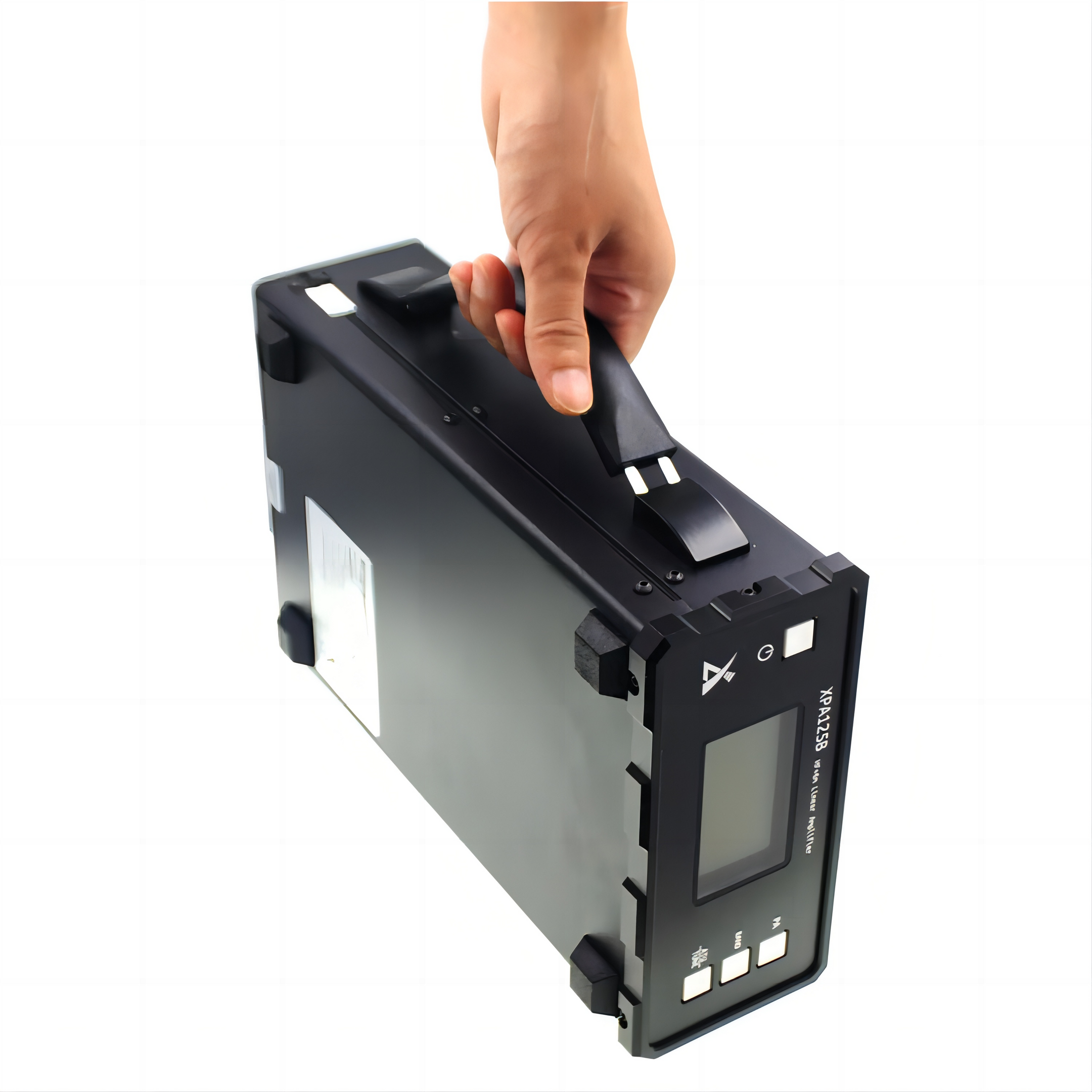
Send Inquiry
What Is the Principle of a Power Amplifier?
In this blog, we'll delve into the inner workings of power amplifiers, uncovering their principles and functionality. We'll discuss the key components, characteristics, and types of power amplifiers, providing valuable insights for both beginners and seasoned enthusiasts in the field.
Understanding the Principle of Power Amplifiers
Definition and Role of Amplifiers in Electronics
Amplifiers serve as the backbone of electronics, enhancing signals to perform various tasks like driving speakers, antennas, or sensors. They take weak input signals and amplify them to levels suitable for further processing or transmission.
Explanation of the Principle Behind Power Amplifiers
The principle behind power amplifiers revolves around two key aspects: amplification capability and transmission capability of the output stage. Amplifiers boost input signals, increasing their strength while maintaining their essential characteristics. The output stage then transmits the amplified signals to the load efficiently.
Comparison with Other Types of Amplifiers
Unlike low-power amplifiers, which handle weaker signals for tasks like signal conditioning or pre-amplification, power amplifiers focus on significantly boosting signal power. They are optimized for driving loads like speakers or antennas, requiring higher power levels for proper operation.
Components and Topologies of Power Amplifiers
Overview of Electronic Components Used in Power Amplifiers
Power amplifiers utilize a range of electronic components, each playing a crucial role in signal amplification and transmission. Components like transistors, capacitors, resistors, and inductors form the backbone of power amplifier circuits.
Different Topologies Employed in Power Amplifier Circuits
Power amplifiers employ various circuit topologies to achieve specific performance goals. Transistors, including bipolar junction transistors (BJTs) and field-effect transistors (FETs), are commonly used for their high power-handling capabilities and efficiency. Integrated circuits (ICs) offer compact solutions for amplification needs in modern electronics.
Importance of Component Selection for Achieving Desired Performance
Selecting the right components is critical for achieving desired performance in power amplifiers. Factors like power handling capability, frequency response, and distortion characteristics influence component selection. Careful consideration of these factors ensures optimal performance and reliability in power amplifier circuits.
Characteristics of Power Amplifiers
Gain, Bandwidth, Distortion, and Efficiency as Key Characteristics
Power amplifiers are evaluated based on several key characteristics:
- Gain: The ratio of output signal amplitude to input signal amplitude, indicating the amplification capability of the amplifier.
- Bandwidth: The range of frequencies over which the amplifier can effectively amplify signals without significant attenuation.
- Distortion: Any deviation from the input signal waveform, which can degrade signal quality. Common types include harmonic distortion and intermodulation distortion.
- Efficiency: The ratio of output power to input power, indicating how effectively the amplifier converts input power into output power.
Impact of Amplifier Type and Structure on These Characteristics
The characteristics of power amplifiers are heavily influenced by their type and structure. Factors such as circuit topology, component selection, and biasing schemes play crucial roles in determining gain, bandwidth, distortion, and efficiency.
Explanation of How These Characteristics Affect Amplifier Performance
Each characteristic directly affects the performance of the amplifier. For example, higher gain amplifiers can amplify weaker signals more effectively, while wider bandwidth amplifiers can handle a broader range of frequencies. Lower distortion results in cleaner output signals, and higher efficiency reduces power consumption and heat dissipation, making the amplifier more reliable and cost-effective.
Types of Power Amplifiers
Class A Power Amplifier Circuit
Class A power amplifiers operate with their output devices conducting continuously throughout the entire cycle of the input signal. While they offer high linearity and low distortion, they are less efficient and generate more heat.
Class B Power Amplifier Circuit
Class B power amplifiers operate with their output devices conducting only for half of the input signal cycle. They offer higher efficiency than Class A amplifiers but may suffer from crossover distortion.
Class AB Power Amplifier Circuit
Class AB power amplifiers combine characteristics of Class A and Class B amplifiers, allowing their output devices to conduct over a portion of the input signal cycle. This compromises between efficiency and linearity, offering better performance than Class B amplifiers while maintaining reasonable efficiency.
Class C Power Amplifier Circuit
Class C power amplifiers operate with their output devices conducting for significantly less than half of the input signal cycle. They offer the highest efficiency but are primarily suited for applications where signal fidelity is not critical, such as RF amplification.
Discussion on the Advantages and Disadvantages of Each Type
Each type of power amplifier has its own set of advantages and disadvantages, making them suitable for different applications. Understanding the characteristics of each type is essential for selecting the most appropriate amplifier for a given application.
Buying Guide for Power Amplifiers
Important Technical Indicators to Consider When Purchasing
When purchasing a power amplifier, several technical indicators should be carefully evaluated:
- Input Impedance: Indicates the amplifier's ability to resist interference. A higher value signifies better anti-interference capability.
- Distortion: Measures the degree of distortion in the output signal compared to the input signal. Lower distortion values indicate higher signal quality.
- Signal-to-Noise Ratio: Reflects the ratio between the music signal and the noise signal in the output. A higher ratio indicates cleaner sound output.
Considerations for Matching Amplifier to Specific Applications
Matching the amplifier to specific applications involves assessing:
- Speaker Requirements: Ensure the amplifier matches the impedance and power requirements of the speakers. Choosing a 5-channel amplifier can facilitate adding a subwoofer for enhanced audio experience.
- Output Power Needs: The output power of the amplifier must exceed the rated power of the speakers to ensure optimal performance.
Tips for Selecting the Right Power Amplifier Based on Intended Use
Consider the intended use of the amplifier and:
- Determine the number of channels required based on the speaker setup.
- Assess the power output needed for the desired sound levels.
- Evaluate additional features such as built-in EQ, connectivity options, and form factor to meet specific preferences and requirements.
Conclusion
Grasping the principles of power amplifiers is crucial for anyone involved in electronics, from enthusiasts to professionals. It enables better optimization, troubleshooting, and innovation in various applications, forming the foundation for exploring advanced circuit designs and enhancing overall audio experience.
If you're looking to enhance your audio experience with high-quality power amplifiers, consider exploring Ruixue's range of products. Ruixue offers a variety of power amplifiers designed to meet diverse needs, from high-fidelity audio output to efficient power usage. By choosing Ruixue, you ensure reliable performance and excellent sound quality, backed by innovative engineering and robust design. Invest in a Ruixue power amplifier today and experience the difference in your audio setup.


